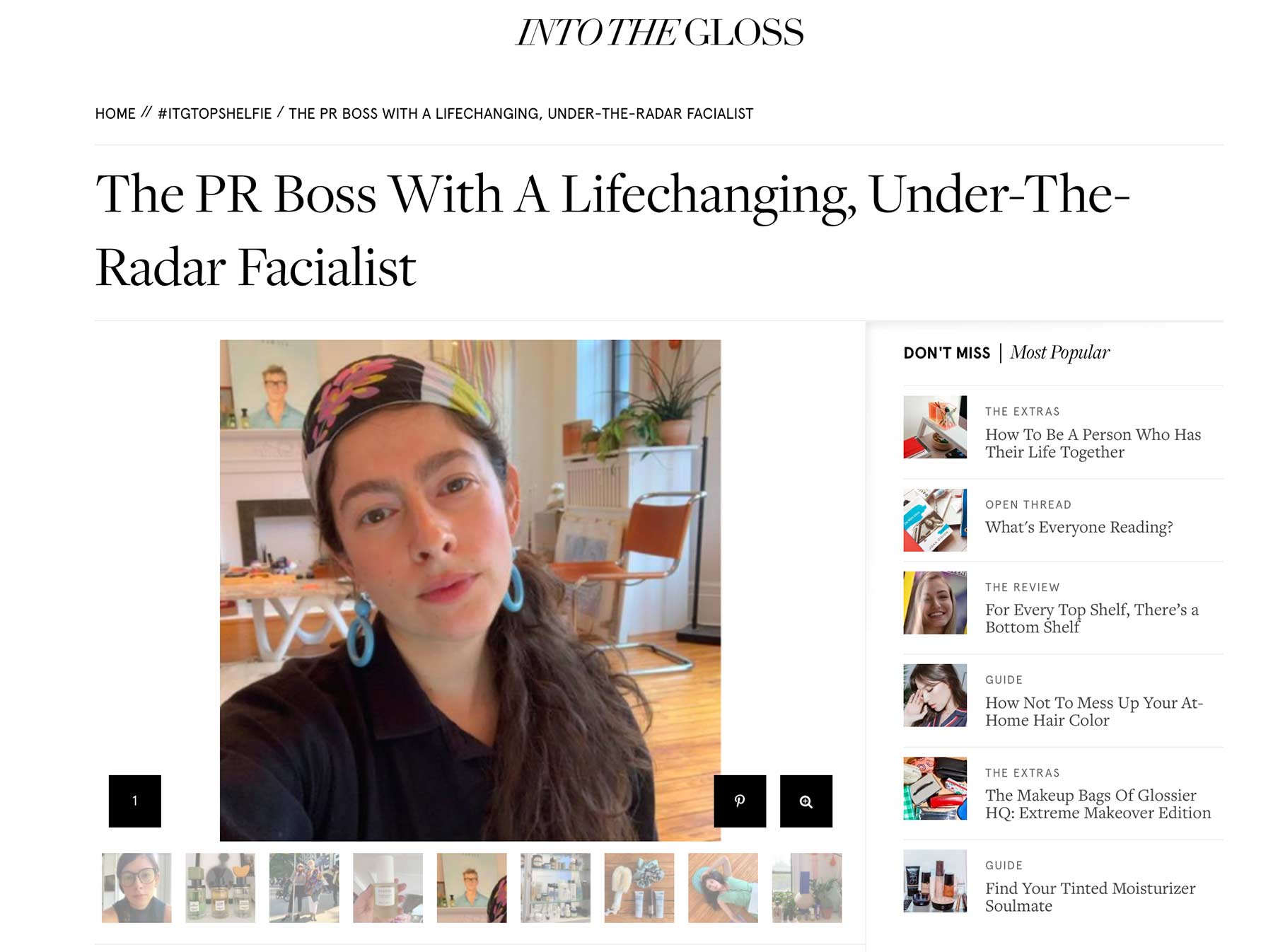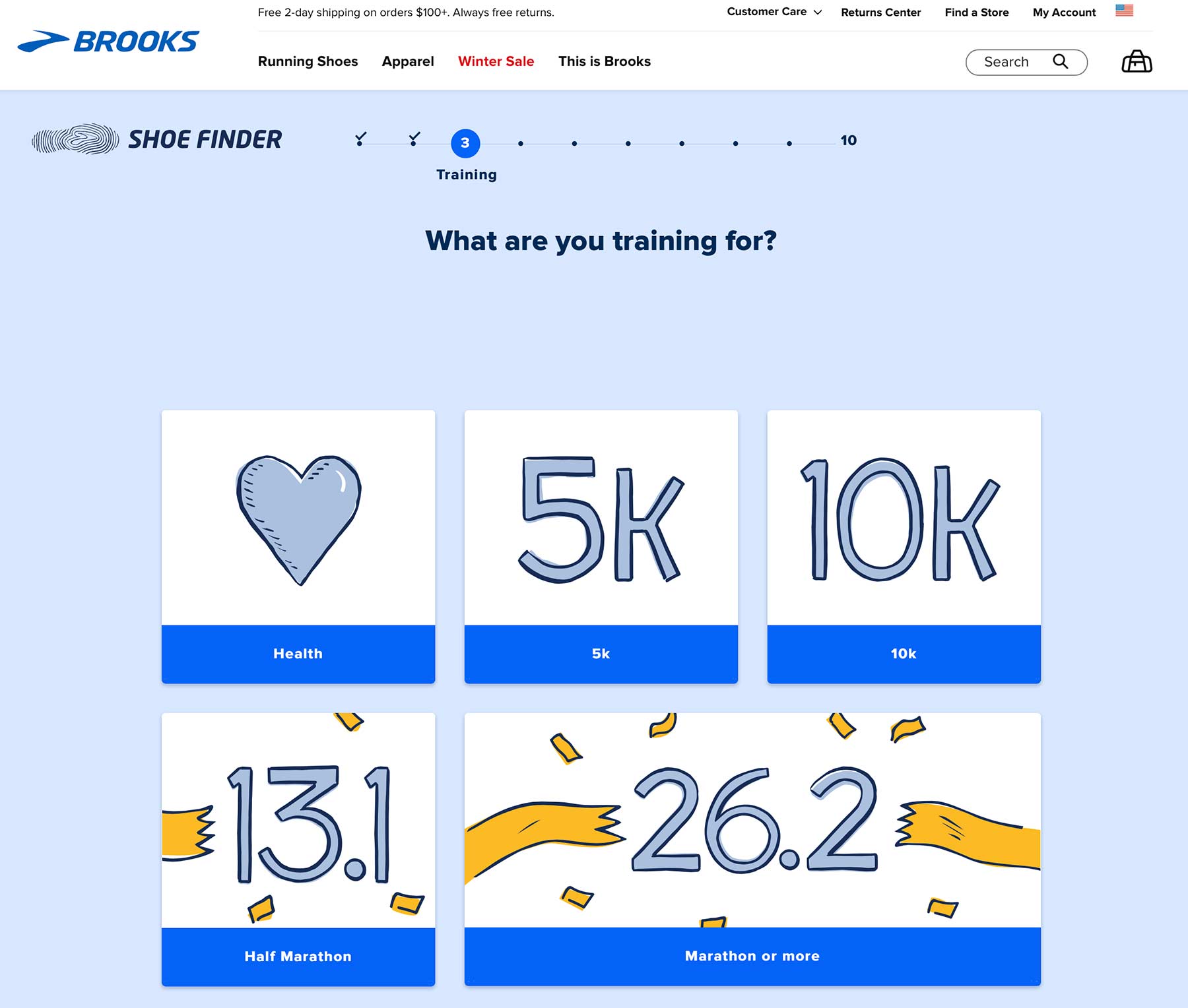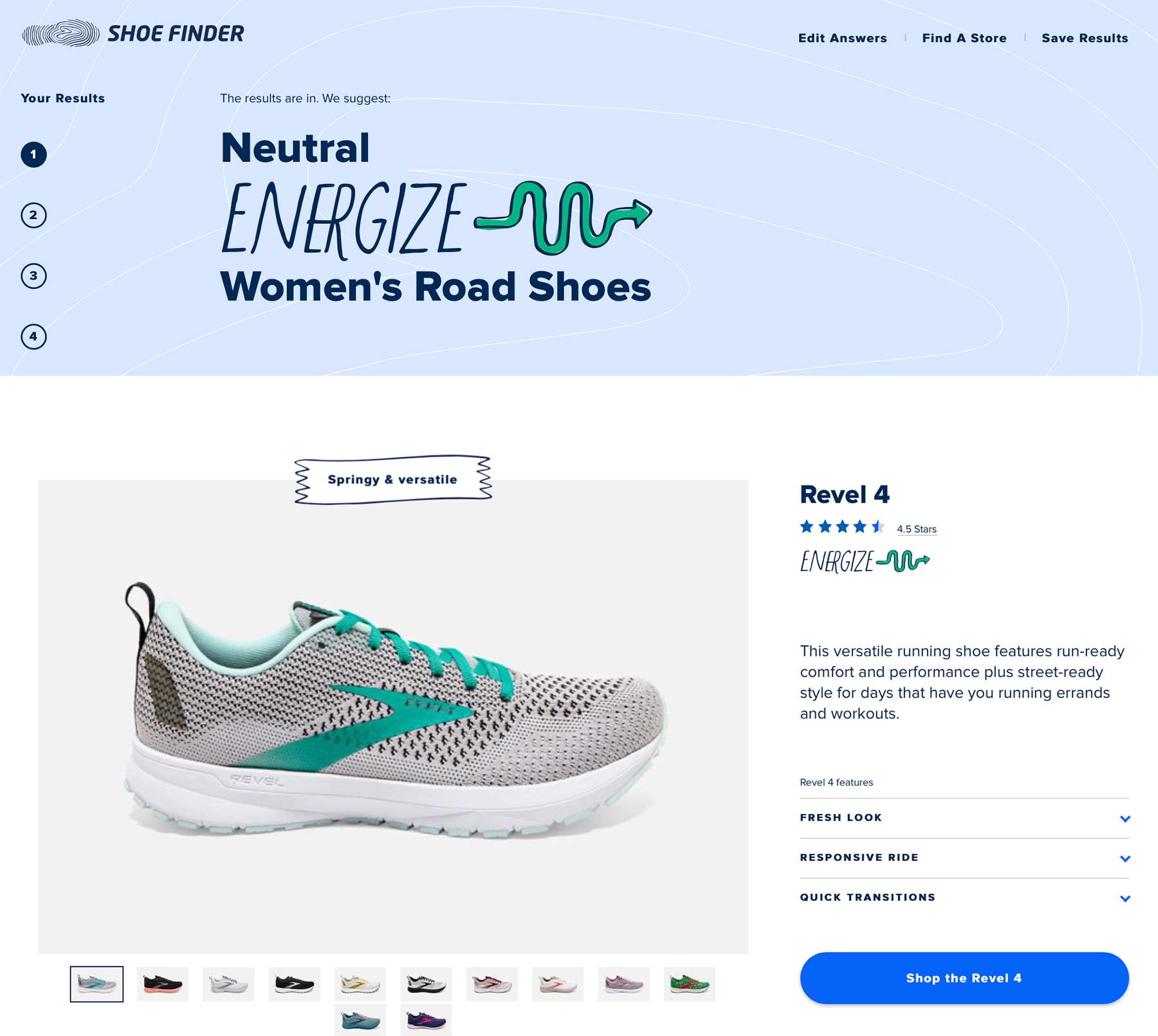The pandemic has upped consumers’ digital expectations. What was once the exception is now the norm. Telemedicine, online learning, virtual meetings — all have advanced in the past year. Ecommerce stores must evolve, too, in how they engage and interact with shoppers.
Here are five ways to stay competitive and spur conversions.
5 Engagement Tips
Embed how-to and inspirational videos on product and landing pages. Instead of sending shoppers on the hunt for more information, develop and deliver short, detailed videos on using your products. Video is a powerful marketing tool, especially when tailored to the target audience. Take things a step further by encouraging customers to submit content you can feature, either as standalone media or in collaboration with others.
Incorporate live video chat. Shoppers expect a speedy customer-service response. Yet most companies mismanage email and after-hours chat requests.
Combine delays with representatives who multitask — managing many queries at a time — and the result is unnecessary delays and mistakes.
Hosting dedicated channels for video-based customer service serves two purposes:
- It allows reps to focus on one request at a time.
- It personalizes the shopping experience.
Smaller and niche stores, as well as outlets selling high-end luxuries, could benefit from this method of guiding shoppers through product selection and checkout.
Put more focus on user-generated content. In the age of selfies and social media, UGC continues to help stores close sales. Customer reviews are a must, but so is personalizing pages via context-of-use photos and videos by real people.
For example, beauty company Glossier incorporates customers’ selfies in galleries and spotlights consumers in various blog posts. This creates a compelling, personalized marketing message: Real people (just like you) use Glossier products.

Glossier’s blog focuses on its customers.
Ask questions. Online stores that sell competing products can benefit from asking key questions, similar in concept to shopping for car insurance, where providers query users to offer the best policy.
Shoppable quizzes can present personalized options, where shoppers are asked a series of questions, and their answers determine which product sets are listed.
Brooks Sports encourages shoppers to take a 10-question quiz to identify suitable running shoes. Answers about one’s running environment, desired fit and feel, and health issues help present the best possible shoe.

Brooks’ quiz-takers are asked about their goals and needs.
Despite taking time to complete, shoppable quizzes can create a shorter path to purchase.

Brooks’ quiz returns personalized results.
While quizzes aren’t all that unique, the presentation can be. Brooks uses fun illustrations and common lingo throughout the survey, making it a breeze. Be sure to use formatting and language tailored to your target audience.
Let them pick up where they left off. Online retailers commonly force shoppers to re-experience content — a big mistake. Features that support multi-device sessions and persistent shopping carts are crucial to the conversion process.
Interruptions are common. Shoppers want to pick up where they left off. Shopping carts, customer accounts, and social connections must work together to remove the frustration of starting over.




